Machine man: bringing Oskar Schlemmer’s Triadic Ballet into the digital era
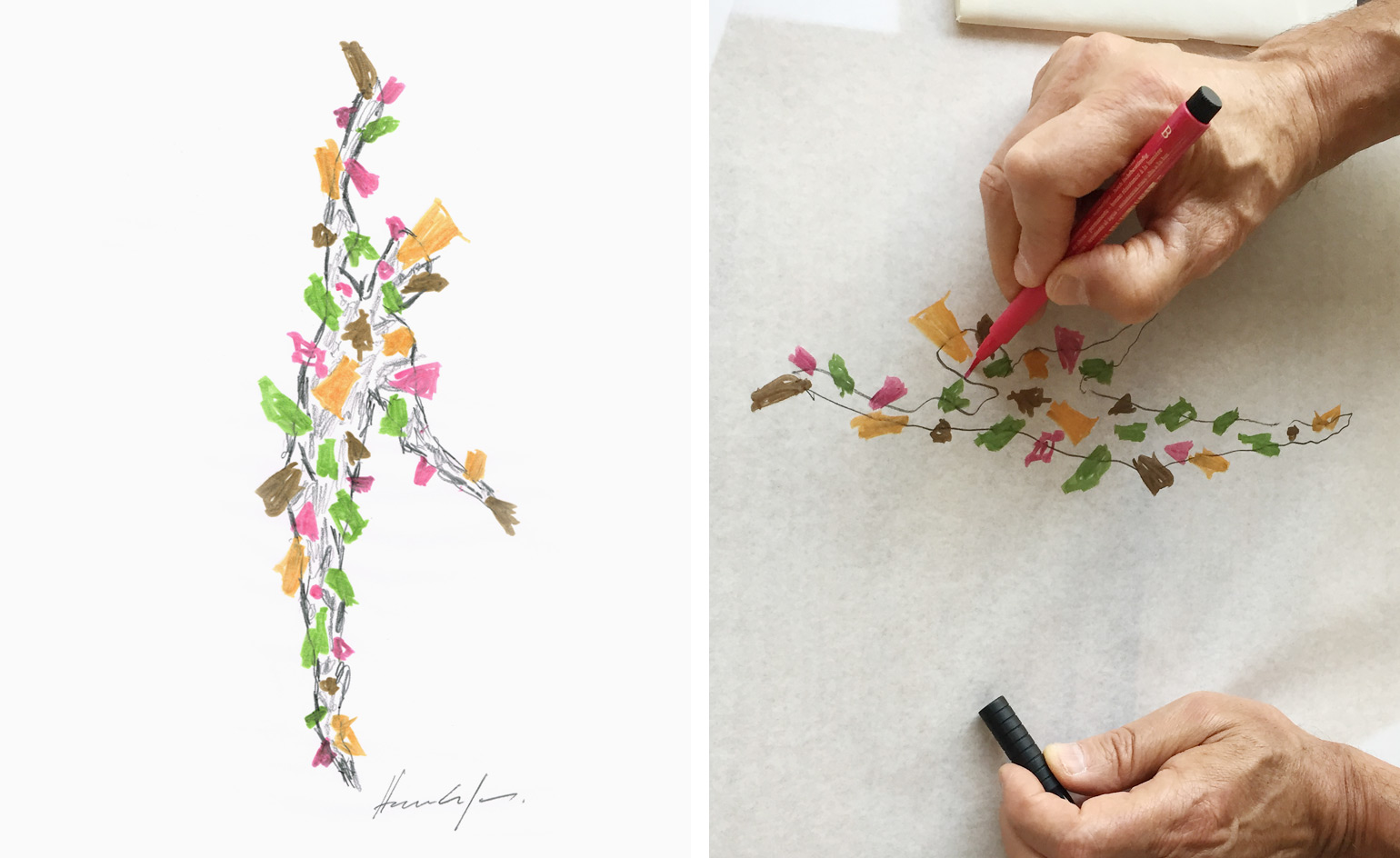
In 1922, German modern artist Oskar Schlemmer debuted his seminal Triadisches Ballett (Triadic Ballet), an avant-garde dance performance in three parts celebrating the emerging industrial era. Nearly 100 years later, film and art director Mafalda Millies and curator and creative director Roya Sachs revisit Schlemmer’s concept of ‘machine meets man’ with Virtually There at the Mana Contemporary, New Jersey. ‘Roya and I wanted to invite artists that were very different and dynamic to bring together their interpretations of how man was affected by, in Schlemmer's case, machine culture, and in our case, digital reality.’
Millies and Sachs enlisted Brazilian design duo and brothers Humberto and Fernando Campana to design the costumes, which function as the stage’s ‘furniture’ and inform the choreography. ‘The costumes in Schlemmer’s case were really important because they changed the way that the dancers moved. He was very concerned with how man acted and reacted in space and he wanted the costumes and the dancer to create a sort of friction that would yield new movements,’ says Millies. ‘We wanted someone from the architecture and design world, who could make something that did not fit the body, but that was meant to interrupt the body.’
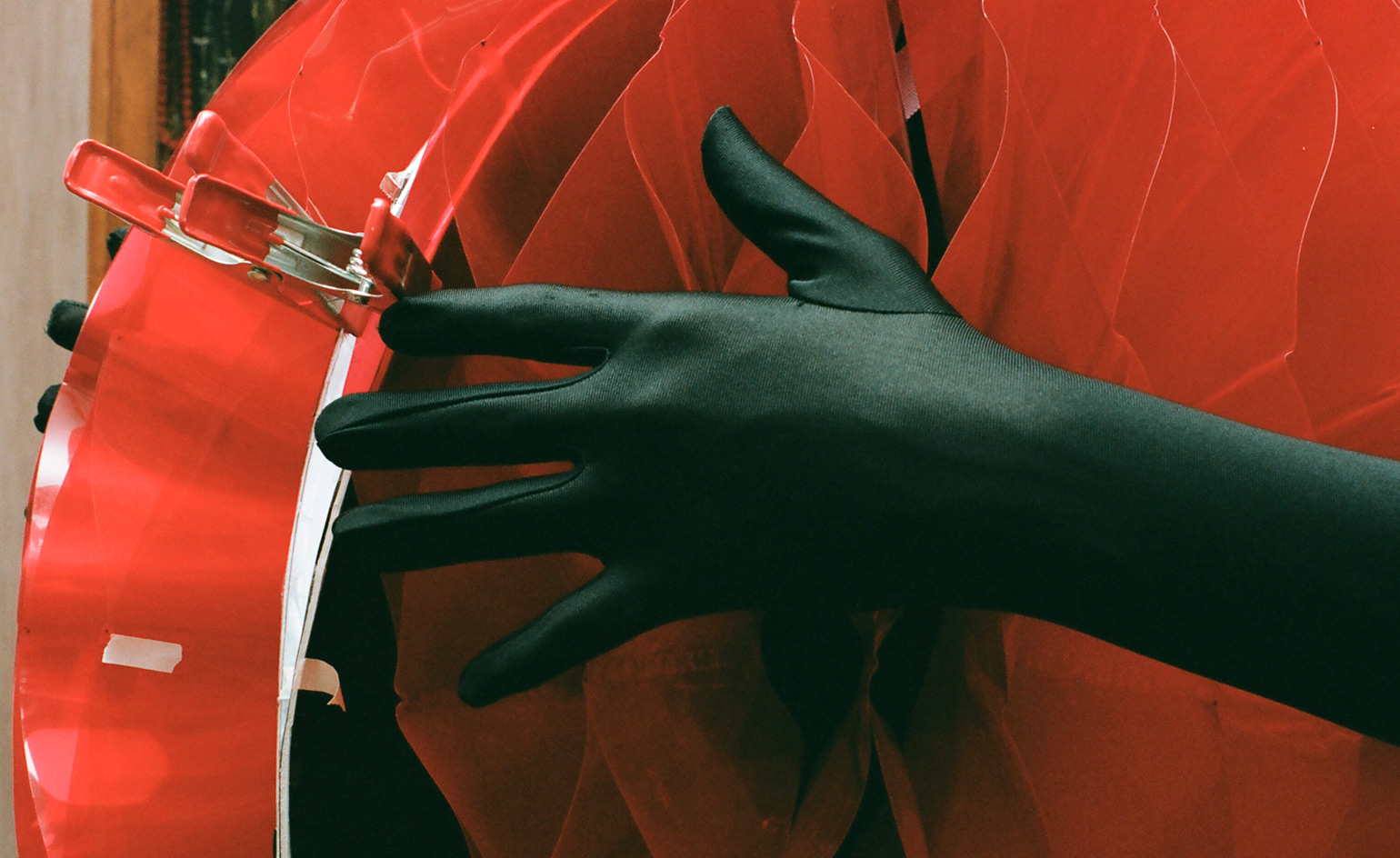
Detail of the Honeycomb Woman costume.
Charged with this request, Humberto Campana took to New York’s bustling, gritty Canal Street and started pulling materials such as LED lights, PVC, and inflatable and holographic materials. ‘I always start with material I find on the street, and then work it into something more elegant,’ says Campana. ‘I wanted very contemporary materials that inspire the pop culture of New York.’
Working from Sao Paulo with New York costume designers, Jon Can Coskunses and Simone Duff, he created five costumes in response to Schlemmer’s original vision. When combined with the movements by modern dance choreographer Karole Armitage, the costumes’ vibrant colours and riotous lines and shapes suggest the mechanical, the natural and even the fantastical.
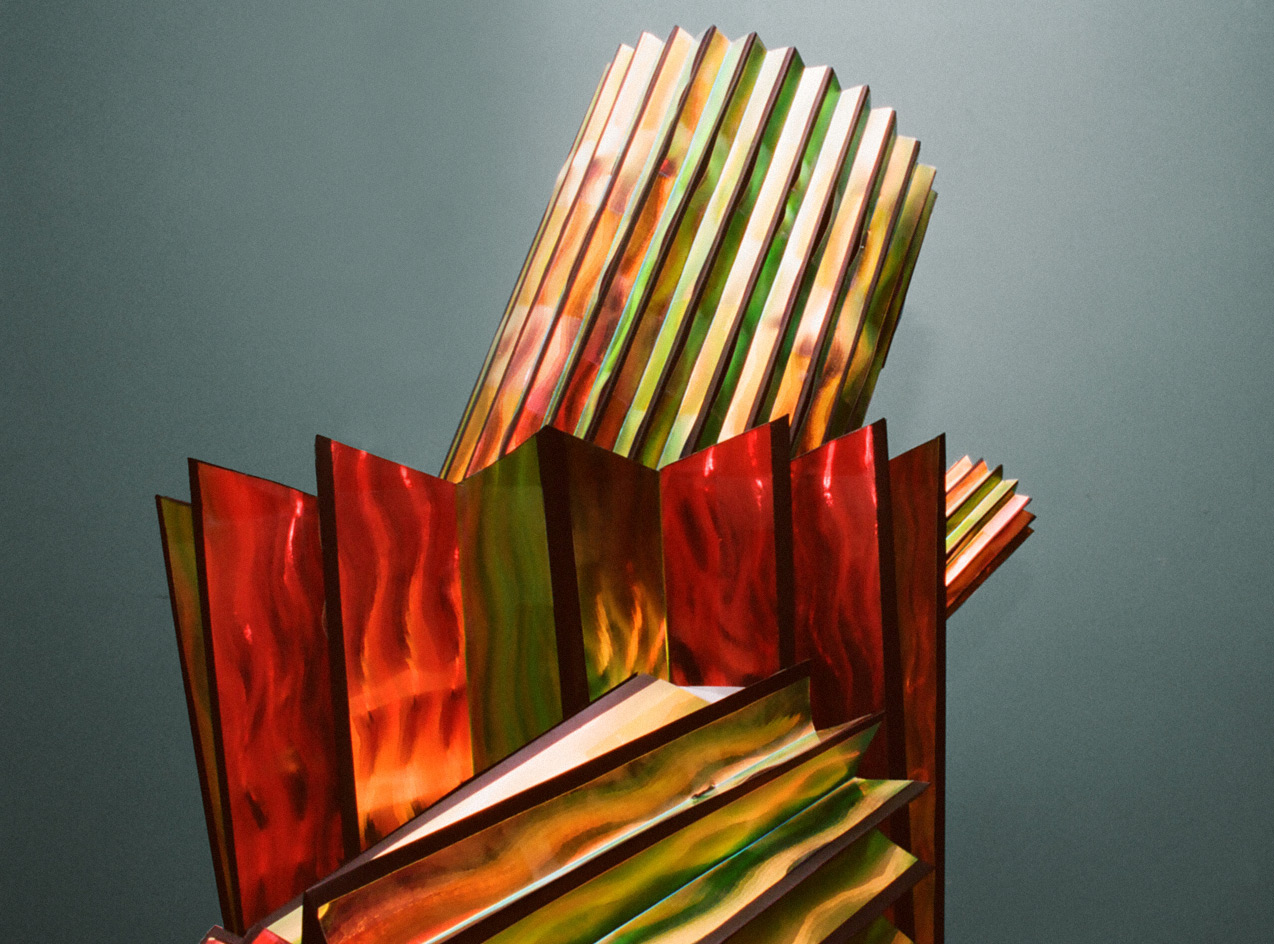
Detail of the Accordion Man costume.
The dance begins with the Honeycomb Woman, a round red sphere with an accordion-style core that opens to reveal a mirror, playfully encountering the Accordion Man, who shimmies, shakes, and rotates in a holographic corrugated metal-looking suit. Other dancers include the Inflatable Woman, who is dotted with bright inflatable shapes; the Crystal Woman, who is fully adorned in lights and geometric forms and the Inflatable Man, who wears a transparent suit lined with lights that equally resemble neon threads and human veins.
‘When you look at Schlemmer’s costumes, it is all about the mechanical and the industry, which was very heavy and rigid and mechanic and inconvenient,’ explains Sachs. ‘Now we are in an age of fluidity, convenience and transparency. So even though there were these three separate acts and you see different characters, first, the two with a playful naivety and lack of awareness, it slowly transitions and there is a new type of harmony where man is digital and digital is man – a new dynamic.’
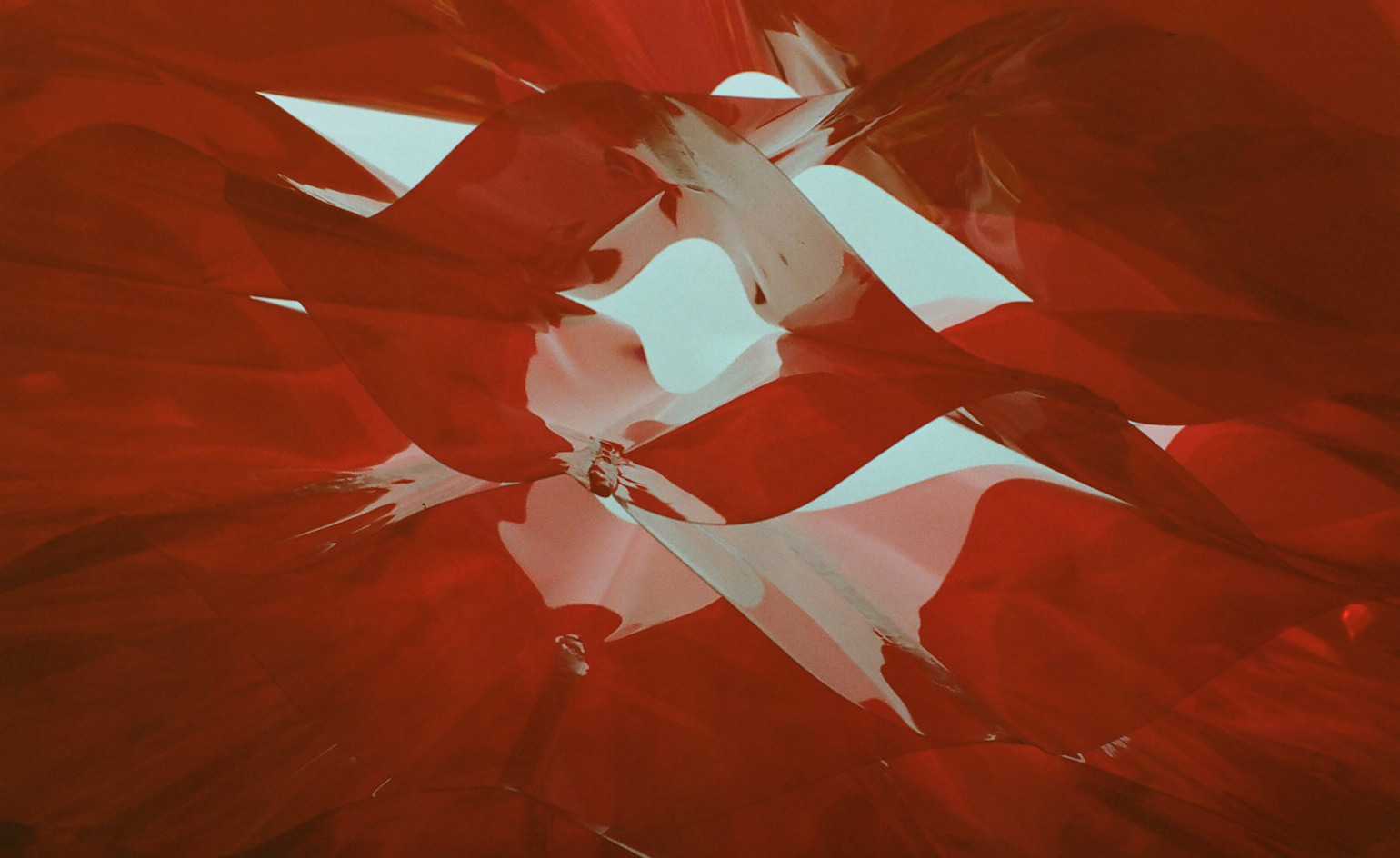
The Campana brothers have designed five costumes (pictured, detail of Honeycomb Woman) in response to Schlemmer's original vision.
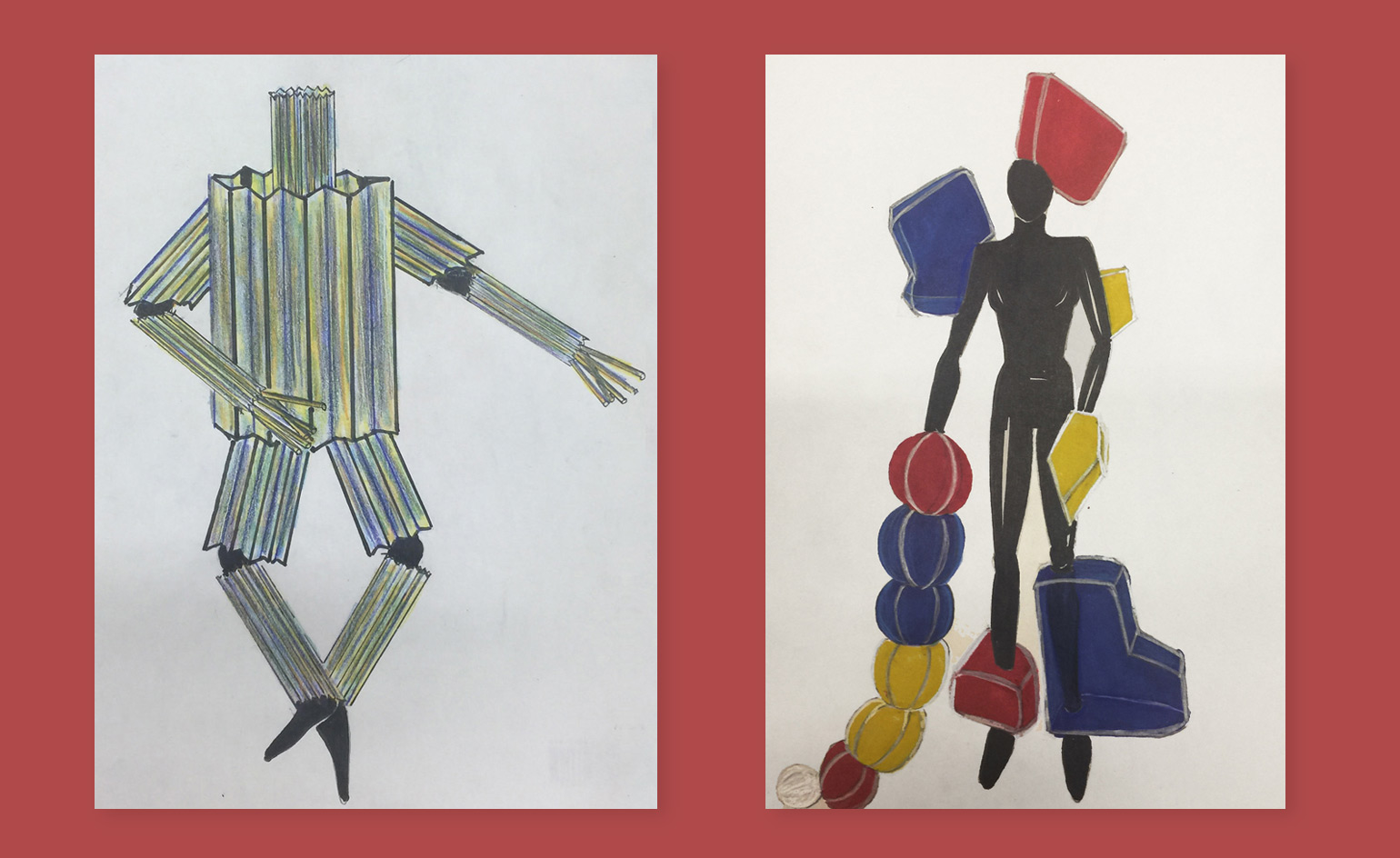
Sketches by associate designer Jon Can Coskunes of the Accordian Man (left) and Inflatable Woman (right)
INFORMATION
Virtually There: A performance inspired by Oskar Schlemmer’s Triadic Ballet runs until 22 November. For more information or to purchase tickets, visit the Mana Contemporary website
ADDRESS
Mana Contemporary
888 Newark Avenue
Jersey City, NJ 07306
Wallpaper* Newsletter
Receive our daily digest of inspiration, escapism and design stories from around the world direct to your inbox.
-
 ‘Humour is foundational’: artist Ella Kruglyanskaya on painting as a ‘highly questionable’ pursuit
‘Humour is foundational’: artist Ella Kruglyanskaya on painting as a ‘highly questionable’ pursuitElla Kruglyanskaya’s exhibition, ‘Shadows’ at Thomas Dane Gallery, is the first in a series of three this year, with openings in Basel and New York to follow
By Hannah Silver
-
 Australian bathhouse ‘About Time’ bridges softness and brutalism
Australian bathhouse ‘About Time’ bridges softness and brutalism‘About Time’, an Australian bathhouse designed by Goss Studio, balances brutalist architecture and the softness of natural patina in a Japanese-inspired wellness hub
By Ellie Stathaki
-
 Marylebone restaurant Nina turns up the volume on Italian dining
Marylebone restaurant Nina turns up the volume on Italian diningAt Nina, don’t expect a view of the Amalfi Coast. Do expect pasta, leopard print and industrial chic
By Sofia de la Cruz
-
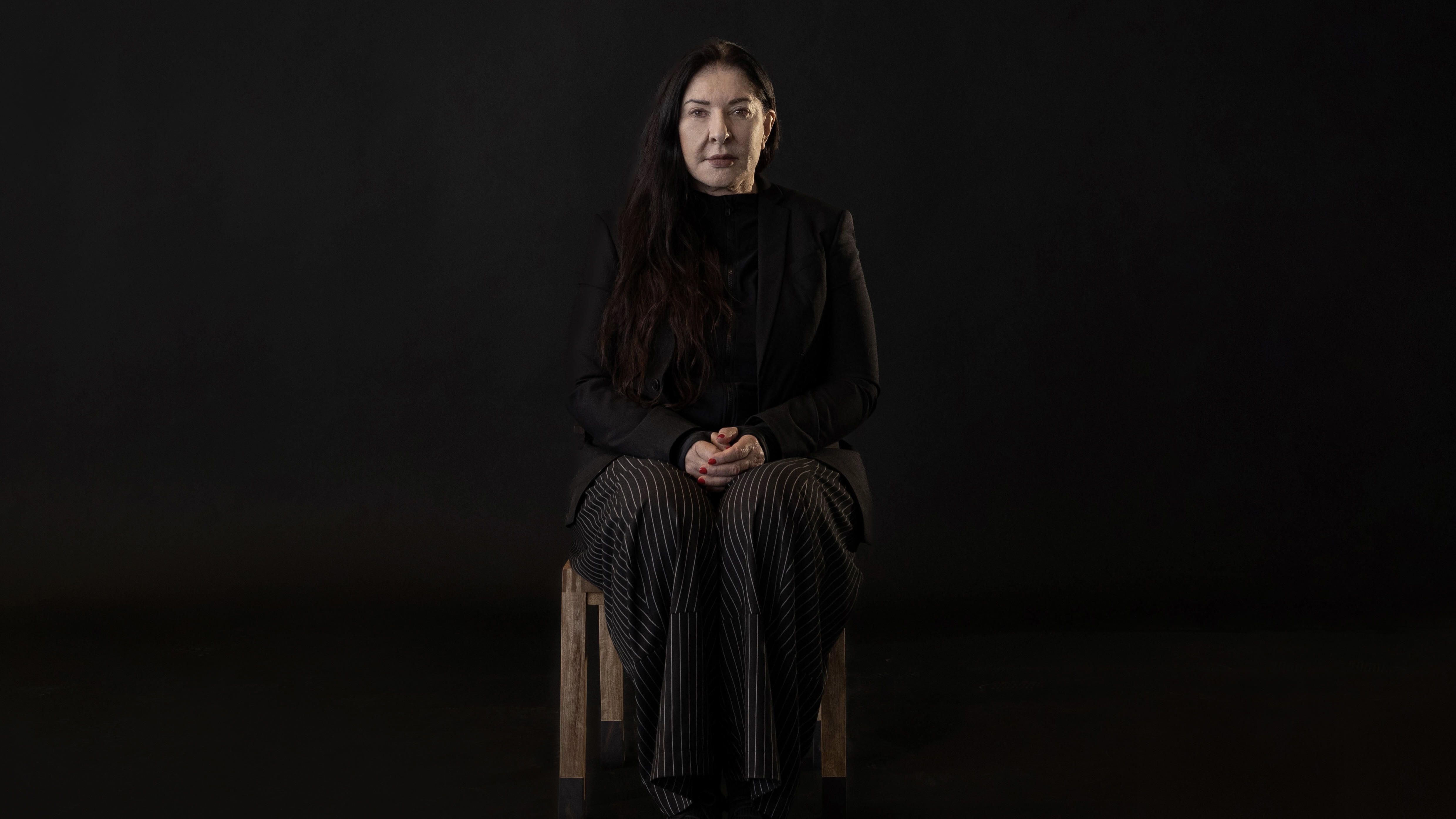 ‘Nothing just because it’s beautiful’: Performance artist Marina Abramović on turning her hand to furniture design
‘Nothing just because it’s beautiful’: Performance artist Marina Abramović on turning her hand to furniture designMarina Abramović has no qualms about describing her segue into design as a ‘domestication’. But, argues the ‘grandmother of performance art’ as she unveils a collection of chairs, something doesn’t have to be provocative to be meaningful
By Anna Solomon
-
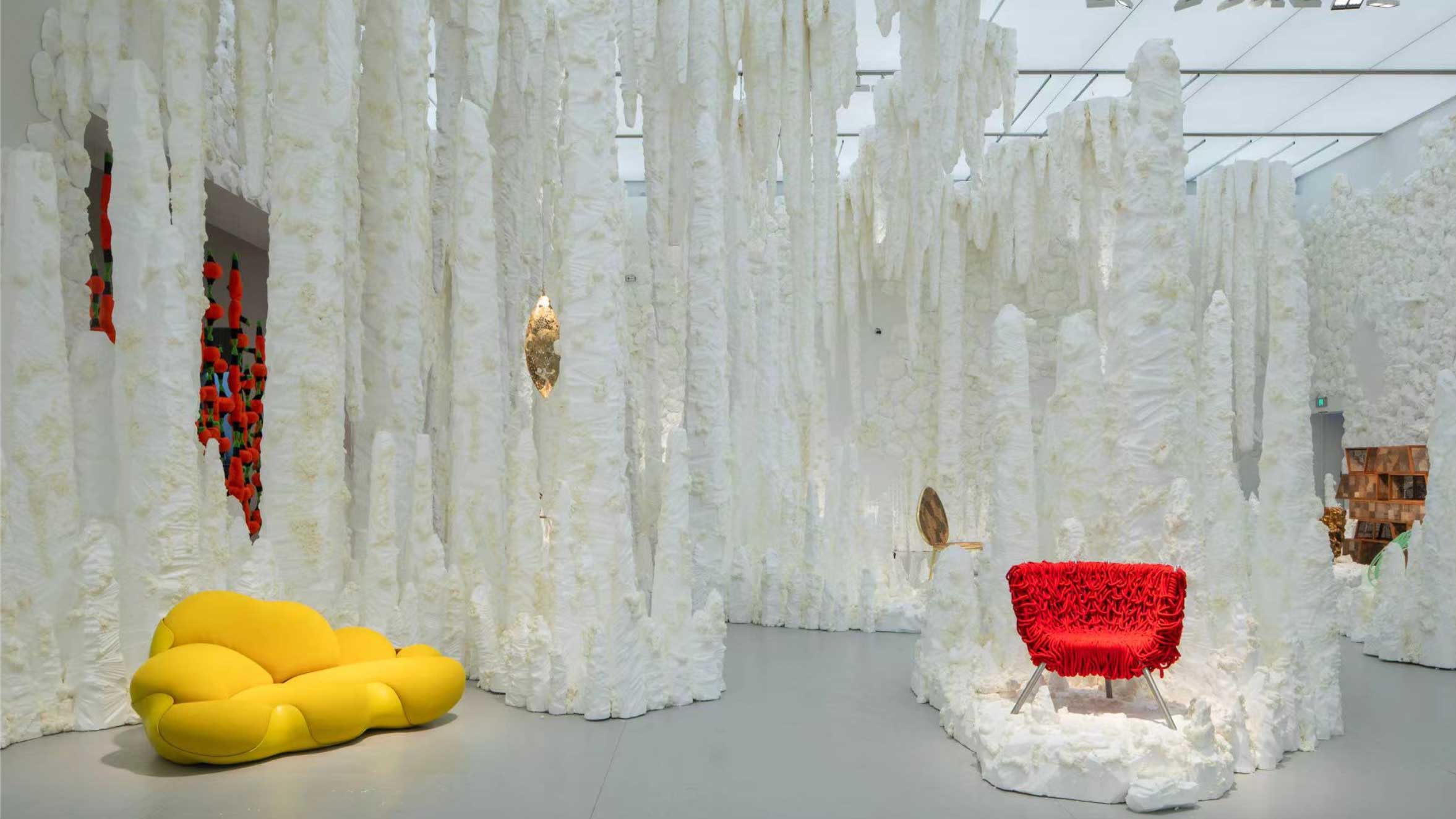 Explore Estúdio Campana's cave of wonders on view in Shanghai
Explore Estúdio Campana's cave of wonders on view in Shanghai'Impermanence - 40 Years of Estúdio Campana' is on view at Shanghai's Power Station of Art (PSA) until 8 September 2024
By Rosa Bertoli
-
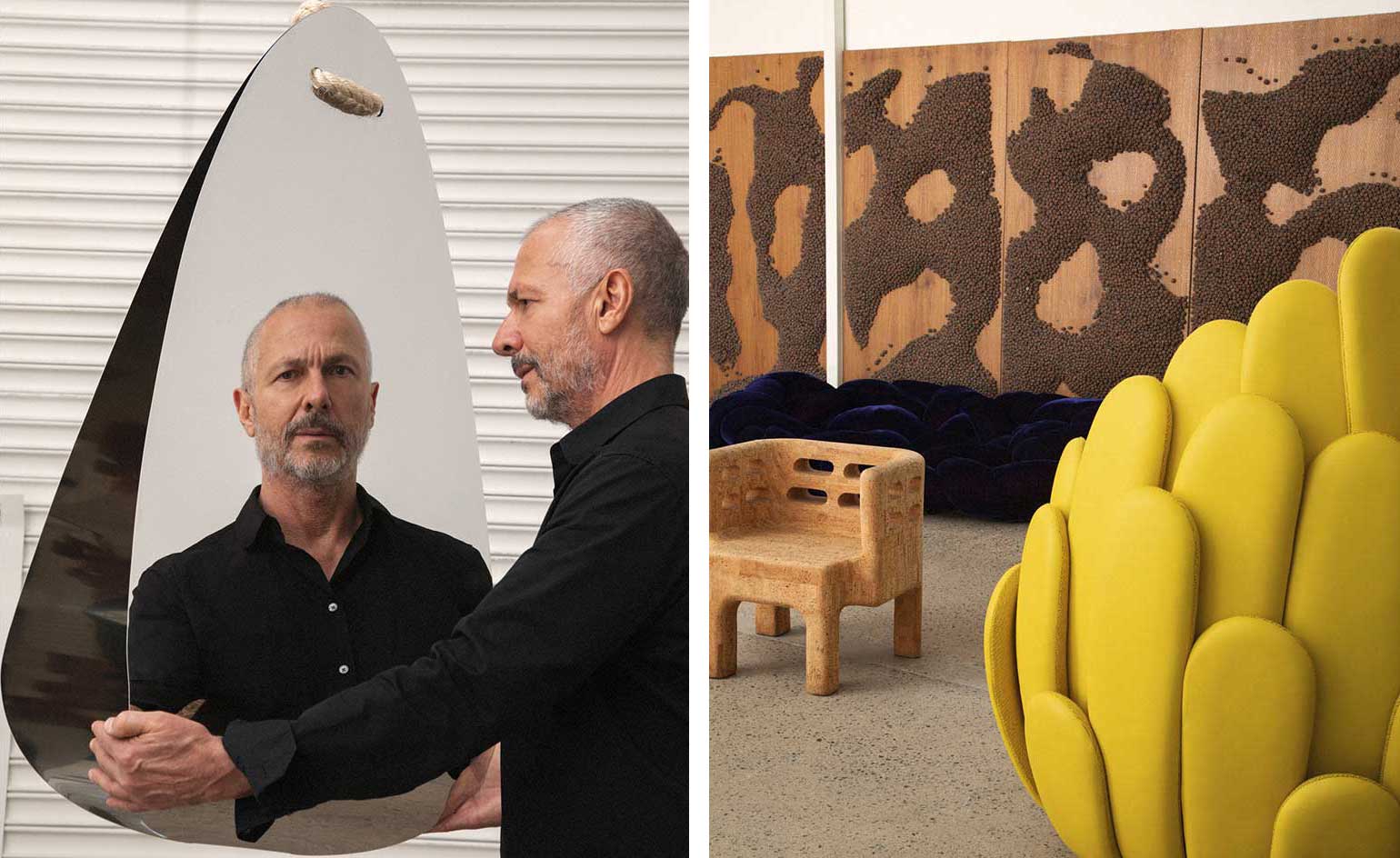 Humberto Campana welcomes us to his new São Paulo studio
Humberto Campana welcomes us to his new São Paulo studioAs one half of Estudio Campana, Humberto Campana built a reputation for elevating found objects into playful furnishings. We visit his new São Paulo studio as he embarks on a solo career
By Beta Germano
-
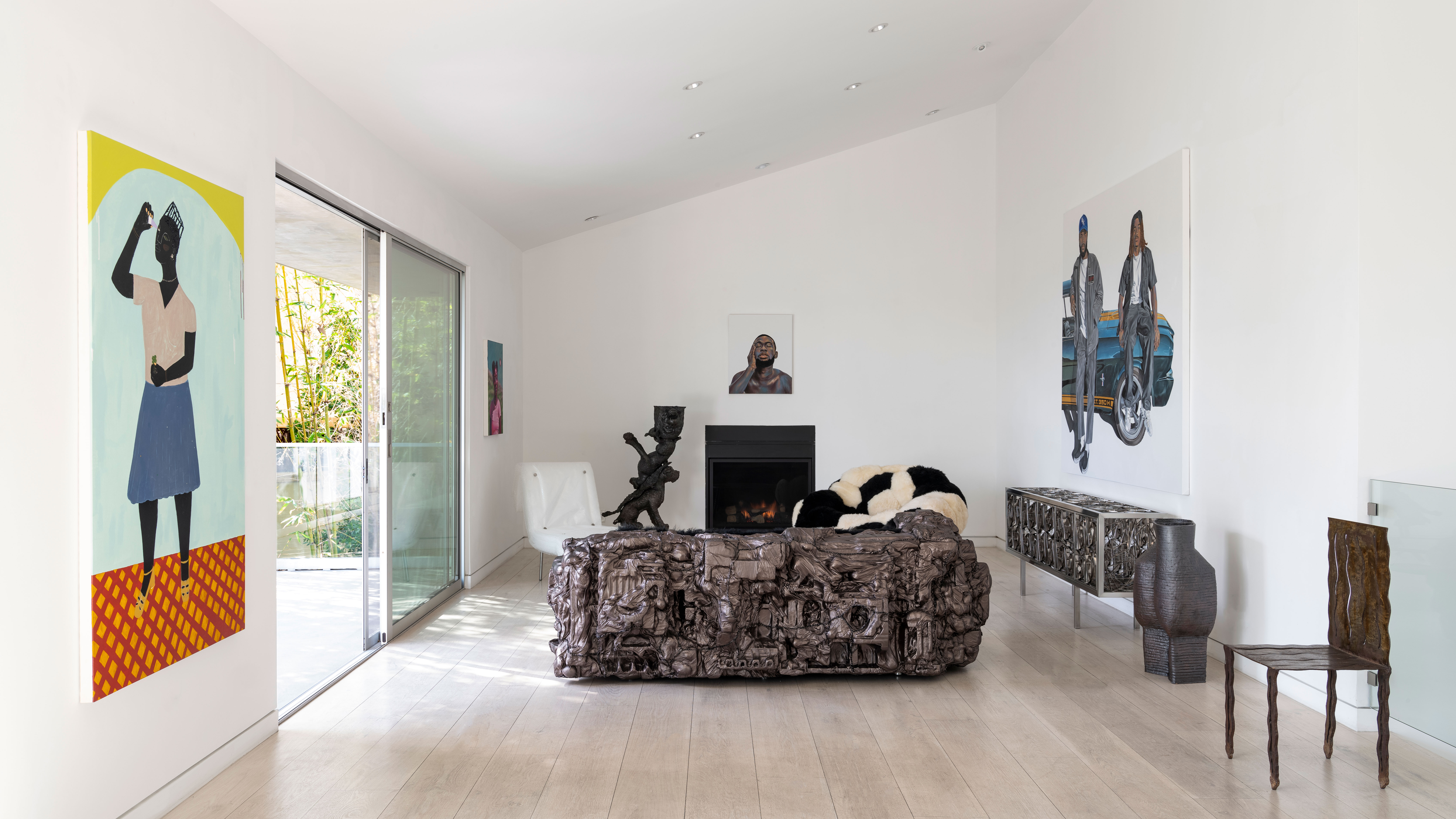 Estúdio Campana presents ‘Cine São José’ at Friedman Benda LA
Estúdio Campana presents ‘Cine São José’ at Friedman Benda LA‘Cine São José’ by Estudio Campana opens at Friedman Benda LA to coincide with Frieze, featuring rare and significant pieces from the studio's history
By Timothy Anscombe-Bell
-
 Judy Chicago wins Best Fireworks: Wallpaper* Design Awards 2022
Judy Chicago wins Best Fireworks: Wallpaper* Design Awards 2022Judy Chicago wins Best Fireworks award for Forever de Young, her biggest ever public performance, staged at San Francisco’s de Young Museum. The epic work, created in collaboration with Pyro Spectaculars by Souza also adorns the limited-edition subscriber cover for the February 2022 issue
By Harriet Lloyd-Smith
-
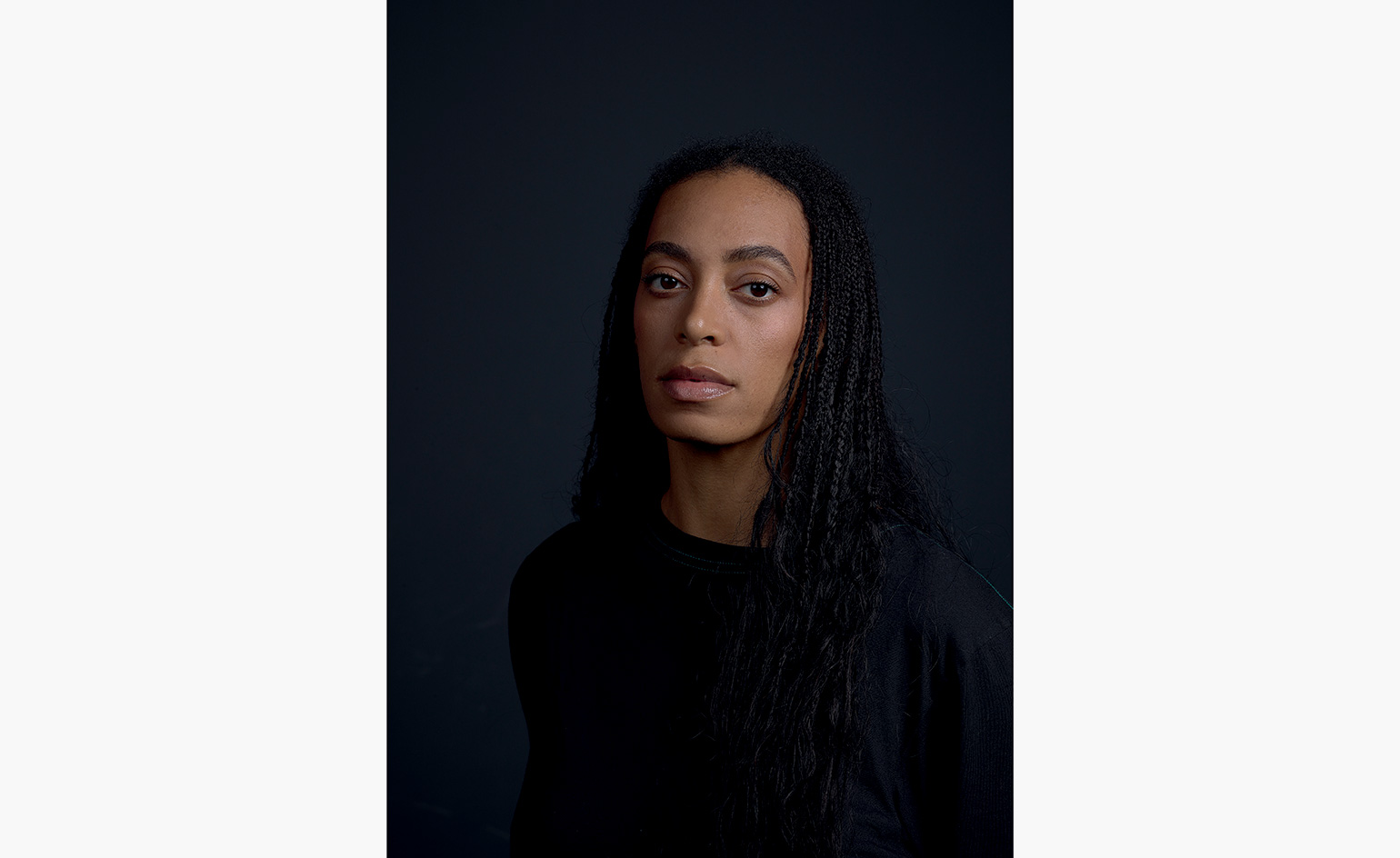 Solange judges Wallpaper* Design Awards 2020
Solange judges Wallpaper* Design Awards 2020With a repertoire that – in addition to music – encompasses filmmaking, choreography, performance art, sculpture and design, Solange has lent her creative energy to judging our highest honours
By Ekow Eshun
-
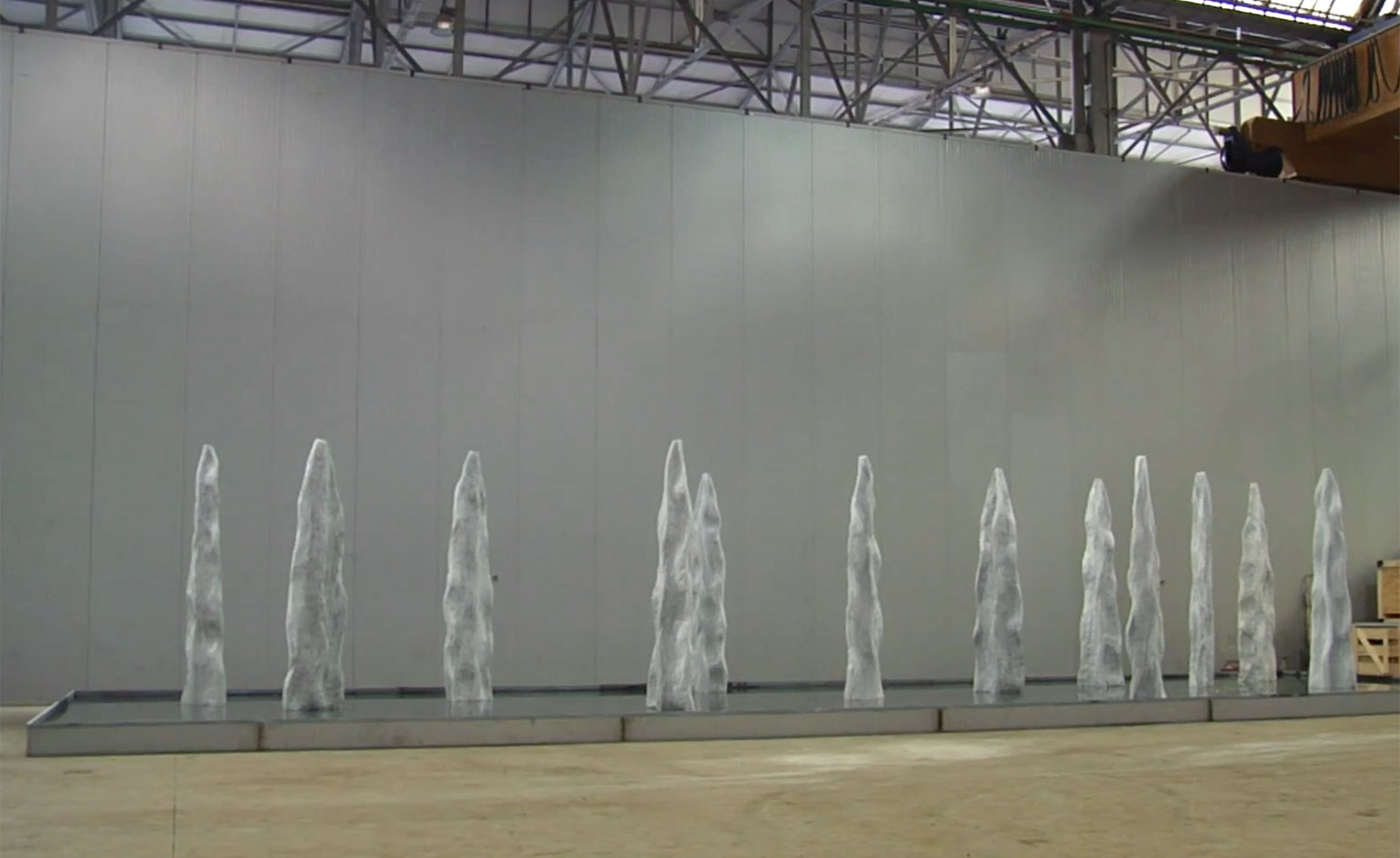 Made pure: the Campana Brothers and Stephan Hamel create Fontana Etruria
Made pure: the Campana Brothers and Stephan Hamel create Fontana EtruriaBy Sam Rogers
-
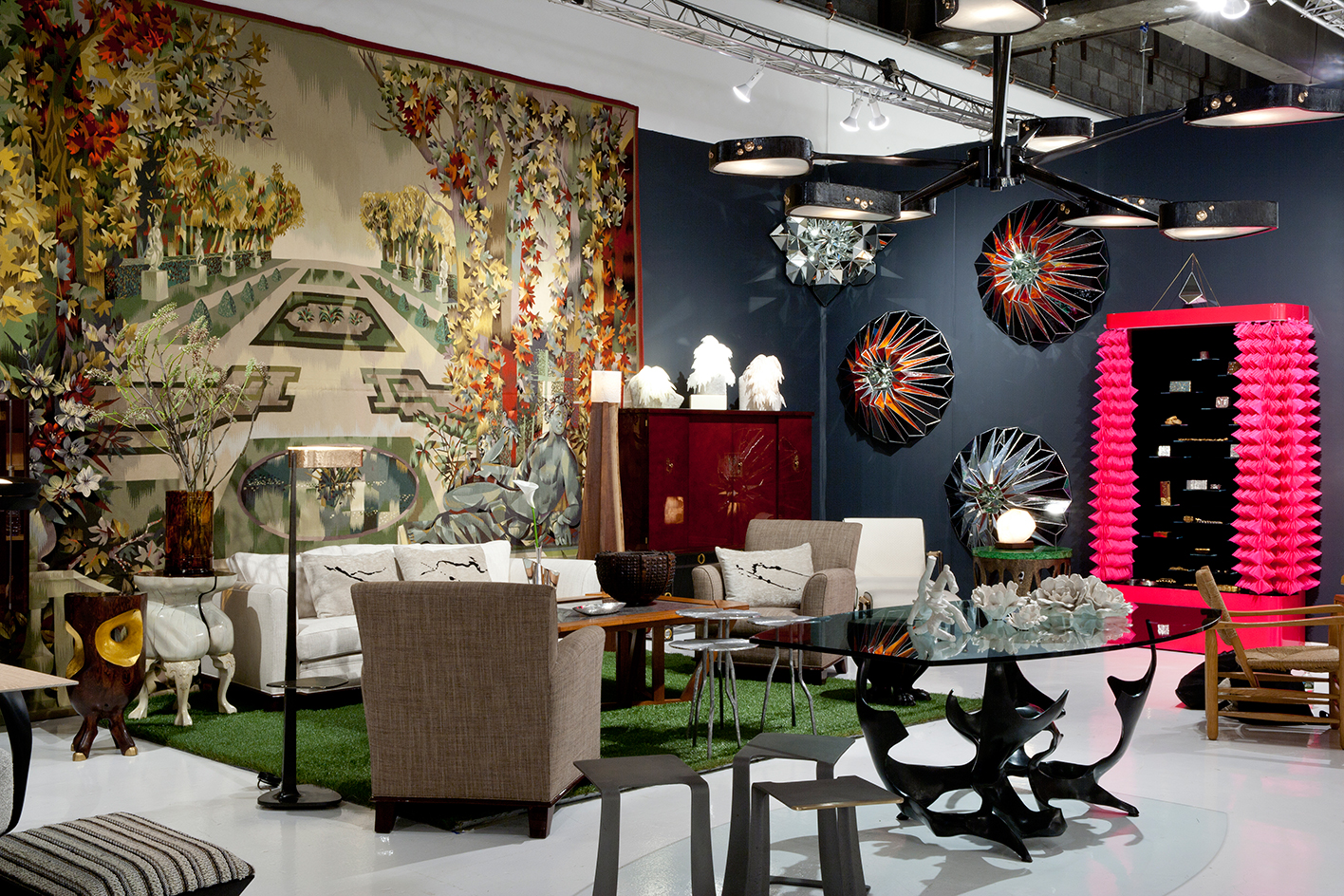 Collective concepts: the W* picks from Collective Design Fair 2016
Collective concepts: the W* picks from Collective Design Fair 2016By John Gendall